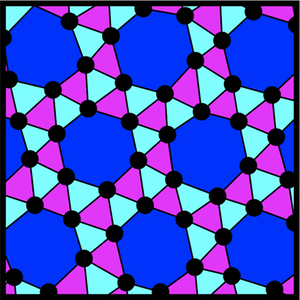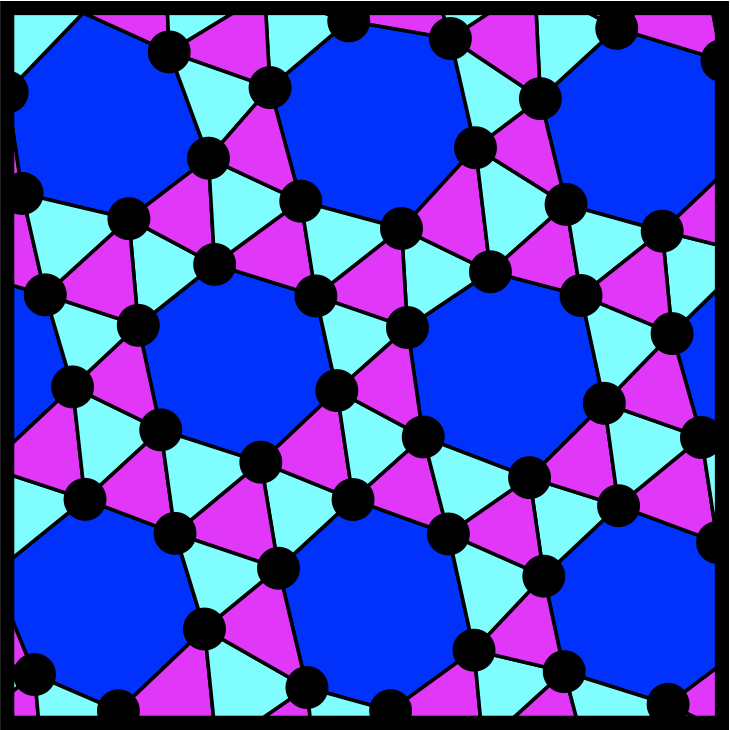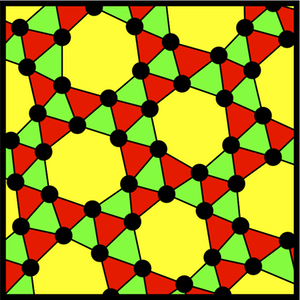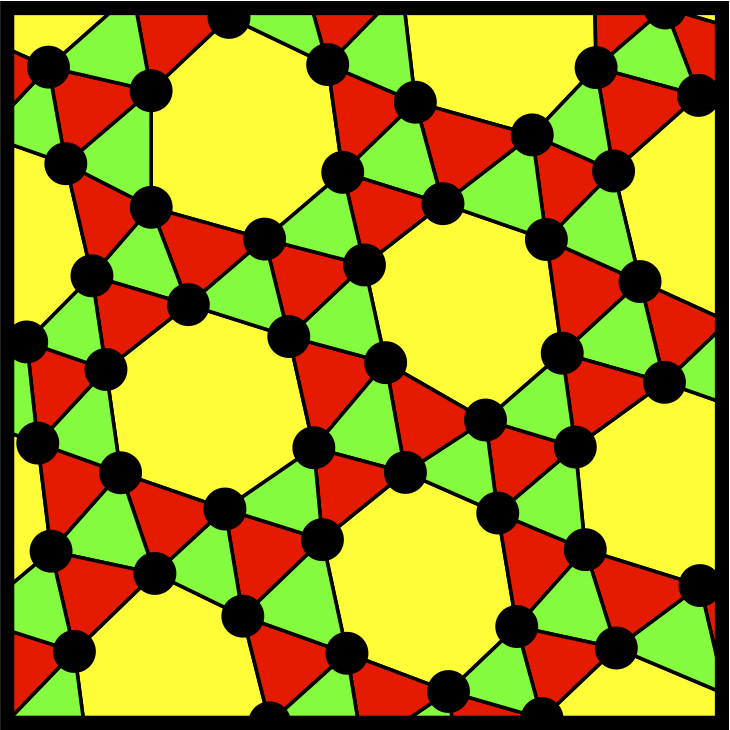Asymmetric Patterns from Symmetric Forces
One of the basic puzzles in science is why chirality, the lack of mirror symmetry, is so common in nature, despite the symmetry of fundamental laws and particles. In Physical Review Letters, researchers now show that chiral systems can arise spontaneously even from extremely symmetrical starting conditions. Their work is a very simplistic example of the lack of symmetry seen in many chemical and biological systems, and could help researchers hoping to build arbitrary structures from simple building blocks.
Chirality in biology occurs most famously with DNA, which is a right-handed helix, but even fundamental physics exhibits chirality. The weak nuclear force distinguishes between what particle physicists call right-handed and left-handed particles—the mirror image of a particle interacts differently than the original particle.
Chirality is classically described in three dimensions; for example, the left and right hands look almost identical, but they can never be superimposed. For a two-dimensional example, think of the text on this page—it will always look weird reflected in a mirror, no matter how you rotate it.
Multipart systems often show chirality, and researchers have long known that asymmetrical building blocks can lead to chiral phenomena. But now Martin Nilsson Jacobi and his colleagues at the Chalmers University of Technology in Gothenburg, Sweden, have created the simplest system ever to spontaneously become chiral. They showed that point particles acting under a spherically symmetric force can form into a (two-dimensional) chiral pattern.
There are very few simple, periodic, two-dimensional patterns of dots that lack mirror symmetry. The team chose one where the triangles made by connecting the points are scalene—they have three unequal sides. They then used a mathematical technique they have previously developed to work backwards from a given pattern of particles to find a force law that would generate the pattern. Each particle interacts with every other particle according to this force law, which depends only on the distance between particles, and is therefore the same in all directions. The researchers added up the energies of interaction between all of the pairs to find the total energy of the system. Their technique guarantees that this energy is at a minimum when applying the resulting force law to the pattern.
The force they arrived at—which they show as a plot of potential energy versus position—is complicated, wiggling between attractive and repulsive regions. The team ran computer simulations and showed that random collections of particles that exert this force really do self-assemble into the scalene-triangle pattern. Large “zones” or “domains” of either left- or right-oriented versions of the pattern developed separately throughout the collection of particles.
Nilsson Jacobi and his colleagues also tested another chiral pattern, the so-called snub hexagons, which consist of a lattice of hexagons, with each one surrounded by triangles. In simulations, the force law for this pattern also generated zones of each of the two forms.
Calculating these forces with the team’s technique is easier than other methods, but the result is far from a straightforward blueprint for the lab, says Michael Engel, a computational nanoscientist at the University of Michigan in Ann Arbor. It would be difficult to create such a force law experimentally, he says.
But the result is exciting even if the force law is impractical, says Sharon Glotzer, a colleague of Engel’s at Ann Arbor. She says the idea that chiral designs form out of nonchiral building blocks is not obvious and could add a trick or two to the field of predictive design, which seeks to build useful materials from the ground up. Eventually, researchers want to be able to design particles with interactions, “so that if I throw a bunch of them into a bucket, they’ll come out with what I want,” Glotzer says.
–Kim Krieger
Kim Krieger is a freelance science writer in Norwalk, Connecticut.







